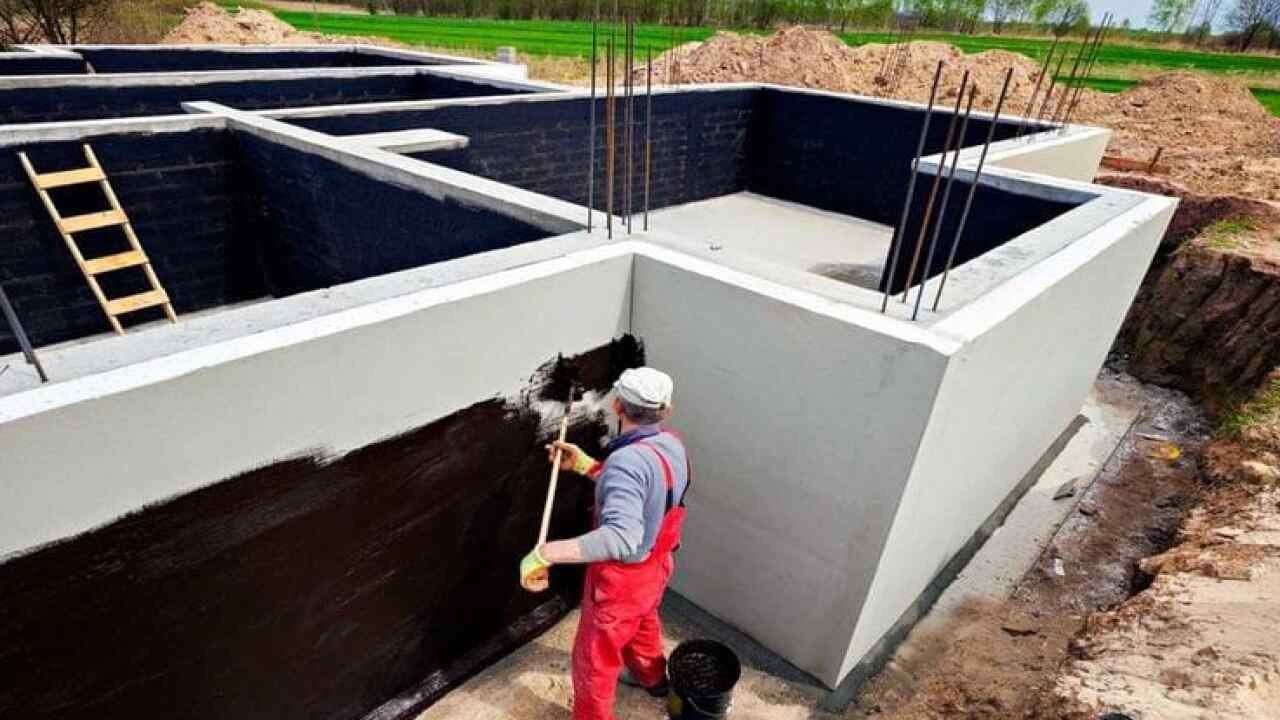Waterproofing plays a crucial role in the maintenance and protection of structures and spaces from the impacts of leaks and moisture. This article focuses on the latest waterproofing techniques and how they provide an effective solution to maintain dry and secure environments.
Benefits of Waterproofing:
-
Leak Protection: Waterproofing provides a robust solution to prevent water and moisture leakage into building structures.
-
Reduction of Corrosion: It protects structures from the detrimental effects of water, reducing the risk of corrosion and associated damage.
-
Improved Air Quality: Waterproofing enhances indoor air quality by preventing mold growth and germ proliferation.
-
Energy Efficiency: It contributes to energy savings by reducing the need for heating and cooling systems to deal with air and moisture leaks.
Waterproofing Techniques:
-
Plastic Membranes: Used to redirect water flows away from structures and buildings.
-
Waterproof Paints: Offers an effective and quick solution for achieving waterproofing on surfaces.
-
Green Roofs: Utilizes plants to improve waterproofing on building surfaces.
-
Thermal Insulation with Waterproofing: Advanced technology that combines waterproofing with thermal insulation to control heat and water flow.
Applications of Waterproofing:
-
Residential Buildings: Used to protect homes and apartments from the impacts of water leakage.
-
Industrial Projects: Essential in factories and industrial facilities to maintain the integrity of structures.
-
Substructures: Applied in underground waterproofing for areas exposed to groundwater.
-
Commercial Roofs: Protects commercial roofs from rain and water infiltration.
Conclusion: Waterproofing is a vital component in building maintenance, ensuring effective protection against the effects of leaks and moisture. By employing the latest technologies and materials, a dry and safe environment can be achieved, contributing to the long-term sustainability and quality of structures.


Share
- Comments